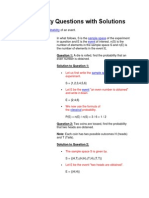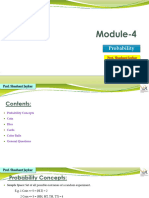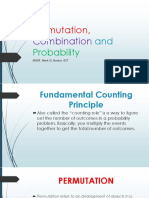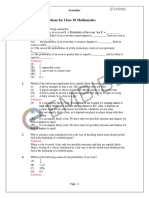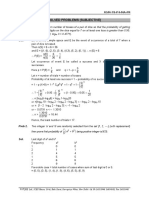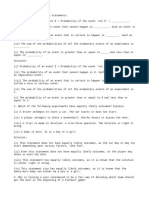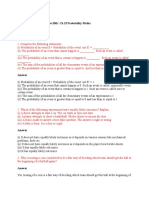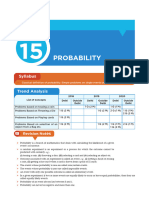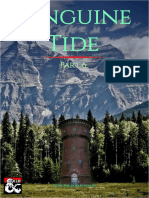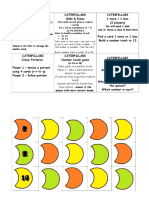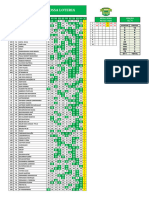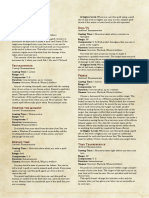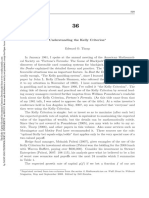0% found this document useful (0 votes)
41 views17 pagesProbability
1. The document defines key probability terms like experiment, outcome, trial, event, sample space, elementary event, and compound event.
2. It explains the different types of probability - experimental probability, theoretical probability, and equally likely outcomes.
3. Several probability problems are worked out as examples, finding the probability of outcomes from coin tosses, drawing balls from bags, rolling dice, and drawing cards. The document demonstrates calculating probabilities by dividing the number of favorable outcomes by the total number of possible outcomes.
Uploaded by
ashra sindhikkaaCopyright
© © All Rights Reserved
We take content rights seriously. If you suspect this is your content, claim it here.
Available Formats
Download as PPTX, PDF, TXT or read online on Scribd
0% found this document useful (0 votes)
41 views17 pagesProbability
1. The document defines key probability terms like experiment, outcome, trial, event, sample space, elementary event, and compound event.
2. It explains the different types of probability - experimental probability, theoretical probability, and equally likely outcomes.
3. Several probability problems are worked out as examples, finding the probability of outcomes from coin tosses, drawing balls from bags, rolling dice, and drawing cards. The document demonstrates calculating probabilities by dividing the number of favorable outcomes by the total number of possible outcomes.
Uploaded by
ashra sindhikkaaCopyright
© © All Rights Reserved
We take content rights seriously. If you suspect this is your content, claim it here.
Available Formats
Download as PPTX, PDF, TXT or read online on Scribd
/ 17



